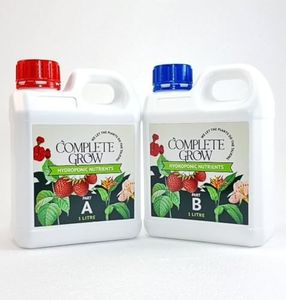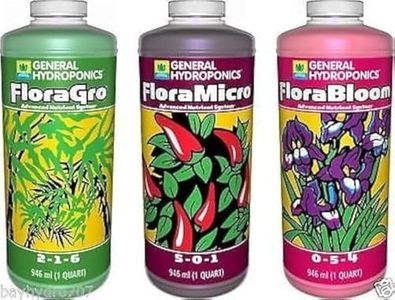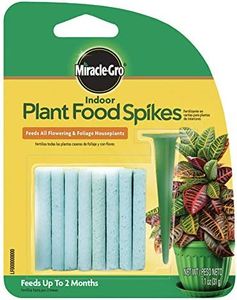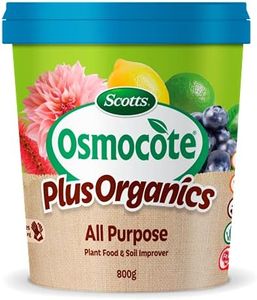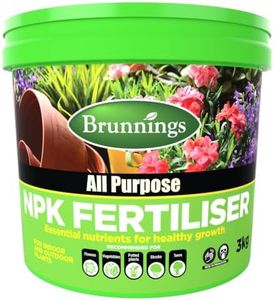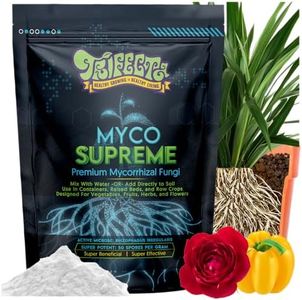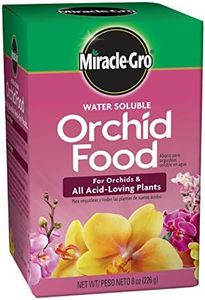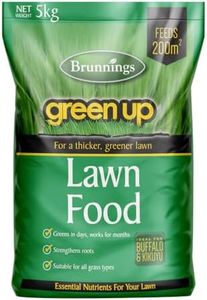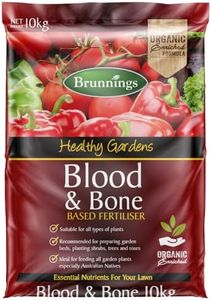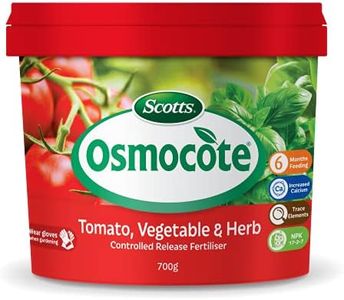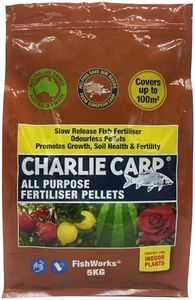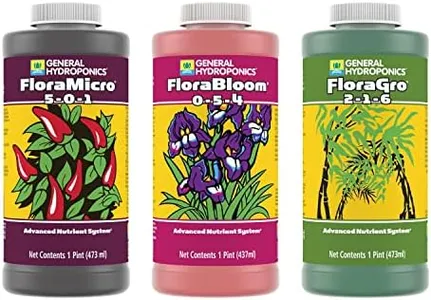We Use CookiesWe use cookies to enhance the security, performance,
functionality and for analytical and promotional activities. By continuing to browse this site you
are agreeing to our privacy policy
10 Best Plant Fertilizers
From leading brands and best sellers available on the web.Buying Guide for the Best Plant Fertilizers
Choosing the right plant fertilizer can make a big difference for your plants’ health, growth, and productivity. Fertilizers provide essential nutrients that plants might not get enough of from soil alone. The best fertilizer for you depends on your plant type, growing environment (indoors, outdoors, garden, pots), and your care routine. Understanding fertilizer labels and ingredients will help you pick what’s most suitable. Let’s look at the main factors to consider.N-P-K RatioThe N-P-K ratio on fertilizer packaging stands for Nitrogen (N), Phosphorus (P), and Potassium (K), which are the main nutrients plants need. Nitrogen helps leaves grow, phosphorus supports roots and flowers, and potassium guards overall health. Ratios like 10-10-10 mean equal parts of each, while higher first numbers mean more nitrogen, and so on. For leafy vegetables, higher nitrogen may help, while flowering plants often need more phosphorus. Choose the ratio by matching it to your plant type and whether you want more leafy growth, roots, or flowers/fruits.
Type of Fertilizer (Organic vs. Synthetic)Fertilizers come in organic (from natural sources like compost or bone meal) and synthetic (man-made) forms. Organic fertilizers release nutrients slowly and often improve soil health but may act slower. Synthetic ones act quickly but can sometimes lead to buildup in soil. If you want a more natural approach and environmentally friendly option, go for organic. If you need fast results, such as for a plant looking weak, synthetic may be useful. Your gardening style and environmental preferences can help decide here.
Release Speed (Slow-Release vs. Quick-Release)Fertilizers can either release their nutrients quickly or gradually over time. Slow-release types provide a steady feed, reducing how often you need to reapply, and are less likely to burn plants. Quick-release fertilizers supply nutrients right away, which is helpful for immediate results but may require more frequent application. Consider slow-release if you want low-maintenance or are prone to forget feeding. Choose quick-release if you want rapid results or have plants with sudden nutrient needs.
Formulation (Granular, Liquid, Spikes, etc.)Fertilizers are available as granules, liquids, spikes, powders, and more. Granules are sprinkled on soil, liquids are mixed with water for watering, spikes are pressed into the ground, and powders are mixed similarly. Liquid fertilizers work quickly but must be applied more often, while granules and spikes may last longer. Pick the form that fits your routine—liquids for quick-fix and more regular care, or spikes and granules for set-it-and-forget-it convenience.
Special Ingredients or AdditivesSome fertilizers offer extra ingredients like micronutrients (magnesium, iron, etc.) or beneficial microbes for soil health. These can address specific plant deficiencies or boost growth, especially for specialized plants like orchids or succulents. If your plants have special needs or have shown signs of deficiency, look for fertilizers with added micronutrients. Otherwise, a balanced product is often fine for most general gardening.

